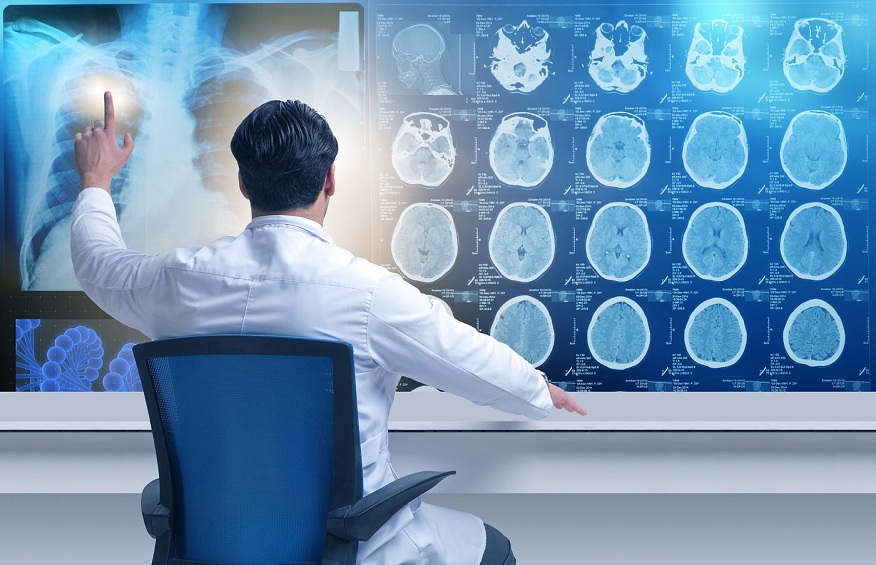I was seated at my desk, sipping on my third cup of coffee, when the phrase Radiology Imaging Associates crossed my screen for the umpteenth time. It got me thinking. How many of us genuinely understand what goes on beyond the waiting room doors of a diagnostic imaging center? We know there are different types of diagnostic imaging. But do we know what they are or why they are used? Today, we’re diving into that world – a world of bright lights, high-tech equipment, and, most importantly, clarity. The world of diagnostic imaging.
The Essence of Diagnostic Imaging
Imagine being a detective, with the human body as your crime scene. Diagnostic imaging is your magnifying glass. It allows you to see the unseen, to uncover the hidden. It’s not just about finding broken bones or spotting a tiny tumor. It’s about understanding the body – its strengths, weaknesses, and complexities.
The Intricacies of Radiology
When we speak of radiology, we’re talking about a field that’s broad and diverse. There are different types, each serving a specific purpose.
- X-Rays: The oldest type, used for everything from checking for broken bones to inspecting the chest.
- CT Scans: These provide a more detailed image of the body’s internal structures.
- MRI: This method uses magnetic fields and radio waves to create detailed images of the body’s organs and tissues.
- Ultrasound: It uses sound waves to create images, often used during pregnancy.
- Nuclear Medicine: A specialized branch that uses radioactive substances to diagnose and treat diseases.
Why We Need Diagnostic Imaging
Imagine sailing in the dark without a compass. That’s what practicing medicine without diagnostic imaging would be like. It’s not just about seeing what’s wrong – it’s about understanding how to make it right. Sickness isn’t a puzzle to solve. It’s a battle to fight. And in any battle, knowledge is power.
Into the Light
Diagnostic imaging is a journey into the unknown. A chance to bring light to the darkness. Doctors don’t just see images on a screen. They see lives waiting to be saved, battles waiting to be won. They see the beauty and complexity of the human body. They see the power of science and technology. But above all, they see hope. And in the world of healthcare, hope is everything.

